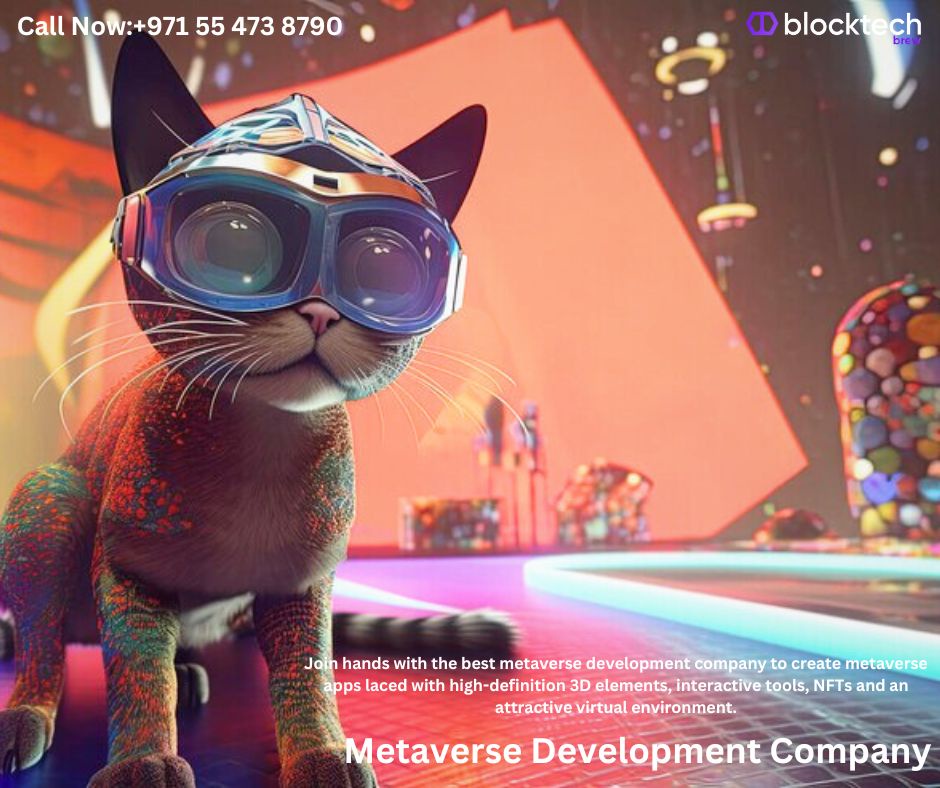Introduction
In recent years, the concept of the metaverse has gained significant attention, fueled by technological advancements and a growing interest in virtual reality (VR), augmented reality (AR), and mixed reality (MR). The metaverse represents a virtual universe where people can interact with digital content, each other, and the physical world.
At the heart of this transformative vision lies spatial computing, a key technology that enables the seamless integration of the physical and digital realms. In this blog post, we will explore the role of spatial computing in the metaverse and how it is shaping the future of human interaction, communication, and experience.
Defining Spatial Computing: Spatial computing refers to the use of computer algorithms and sensors to understand the physical environment and overlay virtual information onto it in real-time. It combines elements of computer vision, depth sensing, motion tracking, and machine learning to create interactive and immersive experiences. Spatial computing allows digital content to be seamlessly integrated and anchored to physical space, enabling users to perceive and interact with virtual objects as if they were part of the real world.
The Metaverse and Spatial Computing: The metaverse aims to create a shared virtual space that transcends physical boundaries, offering limitless possibilities for social interactions, commerce, entertainment, and more. Spatial computing plays a crucial role in shaping the metaverse by providing the means to merge the physical and digital realms in a coherent and interactive manner.
Immersive Experiences: Spatial computing enhances immersion within the metaverse by enabling users to perceive and interact with virtual objects in a natural and intuitive way. By leveraging technologies such as VR and AR, users can engage with digital content that appears to be seamlessly integrated into their physical surroundings. This immersive experience fosters a sense of presence and interactivity, making the metaverse more engaging and compelling.
Spatial Mapping and Navigation: Spatial computing facilitates the mapping and understanding of physical spaces, enabling users to navigate and explore the metaverse with ease. By leveraging computer vision and depth sensing technologies, spatial computing creates virtual representations of real-world environments. This allows users to move through the metaverse using natural gestures and movements, enhancing the feeling of being present in a shared virtual space.
Social Interactions and Collaboration: Spatial computing enables realistic social interactions and collaboration within the metaverse. Users can see and interact with each other's avatars, regardless of their physical location, fostering a sense of presence and social connection. Spatial computing also facilitates real-time communication and collaboration by overlaying virtual information, such as shared documents or virtual whiteboards, into the physical space, enhancing productivity and creativity.
Object Persistence and Anchoring: Spatial computing ensures object persistence and anchoring within the metaverse, allowing virtual objects to remain in specific physical locations over time. This feature is crucial for creating a persistent and consistent virtual environment where users can interact with virtual objects over multiple sessions. Whether it's leaving a message in a specific location or placing virtual art in a virtual gallery, spatial computing ensures that these virtual elements remain anchored to the physical world.
Contextual and Personalized Experiences: Spatial computing enables the metaverse to provide personalized and contextually relevant experiences to users. By leveraging spatial understanding, the metaverse can deliver information, services, and digital content tailored to individual preferences and real-world contexts. For example, a virtual shopping experience in the metaverse can use spatial computing to recommend products based on the user's location and past behavior, enhancing the overall shopping experience.
Conclusion: Spatial computing is a foundational technology that empowers the metaverse, revolutionizing the way we interact, communicate, and experience virtual worlds. By seamlessly merging the physical and digital realms, spatial computing enables immersive experiences, social interactions, object persistence, and personalized contexts within the metaverse. As technology continues to advance, we can expect spatial computing to play an even more significant role in shaping the metaverse of the future.
In conclusion, spatial computing plays a transformative role in the metaverse, enabling the integration of physical and digital realms. Through immersive experiences, spatial mapping, social interactions, object persistence, and personalized contexts, spatial computing enhances the possibilities and potential of the metaverse. As this technology continues to evolve, we can expect the metaverse to become an even more vibrant and interconnected virtual universe, revolutionizing how we live, work, and interact in the digital age.
Partner With The Top Metaverse App Development Company
The BlockTech Brew team provides metaverse development services. The company has created a reputation for itself as a provider of metaverse development services due to its extensive team of designers, developers, and quality assurance experts.With experience in AI, AR/VR, Blockchain, and Crypto, the firm has had great success.
Metaverse Development Services At BlockTech Brew-
- Metaverse Application Development
- Gaming Metaverse Development
- Metaverse Real Estate Platform Development
- Metaverse Fashion Platform Development
- Metaverse Marketing
- Metaverse For Tourism


No comments yet